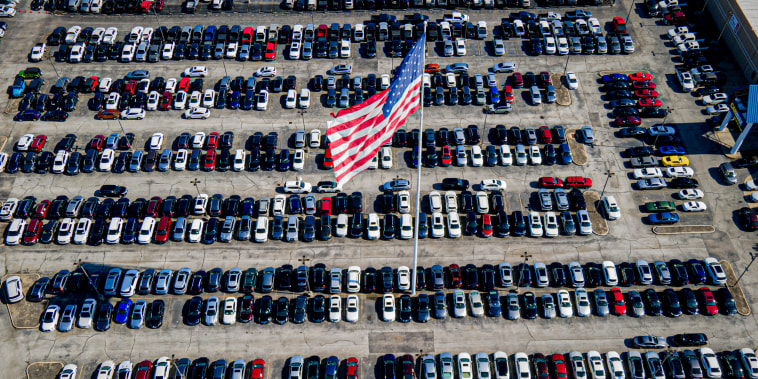As we dissect the recent turmoil in the auto industry, it is abundantly clear that the ‘absolute worst’ of times for car buying have come to an end. With the stabilization of economies, the wave of technology, and increased production, the landscape of the global automotive industry has gradually changed over the past year. This has resulted in increased accessibility, affordability, and overall, a more consumer’s buying experience.
The outbreak of the COVID-19 pandemic had an unprecedented impact on the auto industry. With enforced lockdowns and economic uncertainty, the market for new vehicles plummeted in the early months of the pandemic. Dealerships saw poor sales growth and manufacturers endured significant disruptions in their supply chains. Consumers, rattled by financial instability, opted for used or rental cars instead of buying new ones, causing demand to dwindle to an all-time low. This led to the absolute worst period for car buying in recent history.
Contrary to the downward trend, the automotive industry has swiftly rebounded, offering a silver lining to the otherwise grim scenario. A combination of pent-up demand, the introduction of digital sales platforms, and government incentives has propelled the industry back onto its growth trajectory.
One of the main reasons is undoubtedly the technological shift. As digital adoption swept across our lives, the auto industry witnessed an accelerated transition to online sales. Car dealers and manufacturers pivoted, offering digital showrooms and virtual tours, thereby catering to the pandemic-induced contactless economy. The convenience of researching, comparing, and purchasing a car from the comfort of one’s home is an appealing prospect for many customers.
Pricing has always been a crucial determinant for car buyers. Post-pandemic, as manufacturers ramped up production and inventory levels normalized, competitive pricing and financing options made their way back into the market. Lower interest rates on auto loans, manufacturers’ discounts, and increased trade-in offers have given potential car buyers more usable capital to maneuver within their budget.
Aware of the economic damage inflicted by the pandemic, various governments also stepped in to stimulate the auto sector. Incentives such as lower taxes on new cars or subsidies for electric vehicles are just a few examples of how governments are encouraging consumers to contribute to the revival of the industry.
Moreover, the tide has turned when it comes to supply chain disruptions. Automakers have learned their lesson and are now diversifying their supply chains and stockpiling key components to mitigate risks. Although the global chip shortage still poses a challenge, automakers are optimistic as they work






























